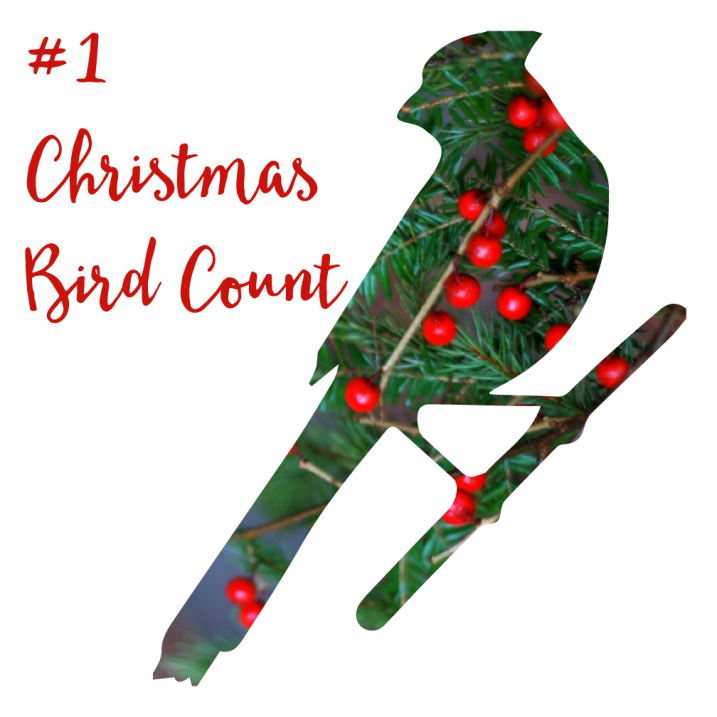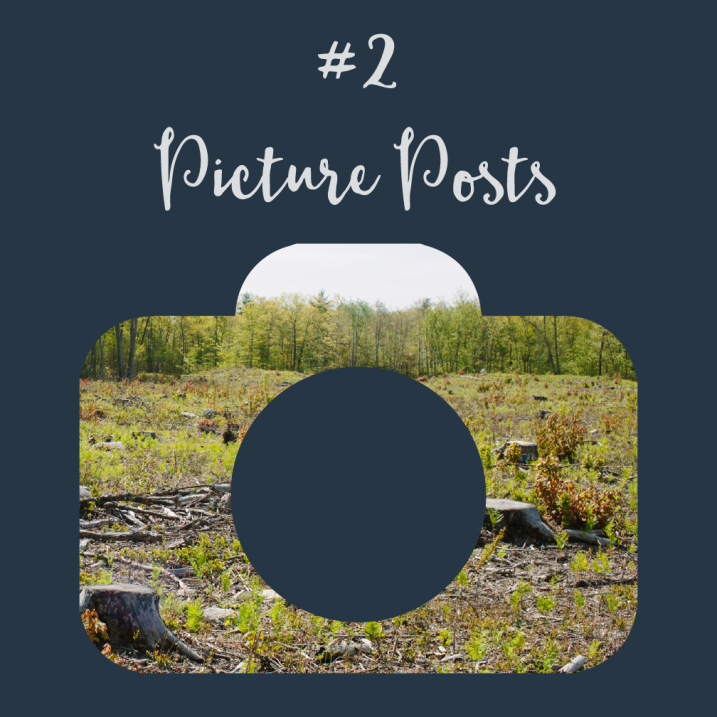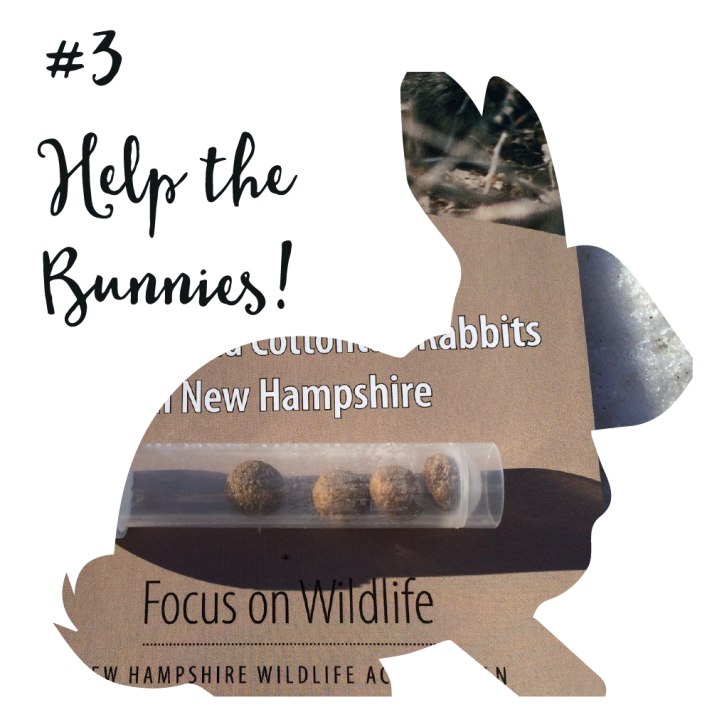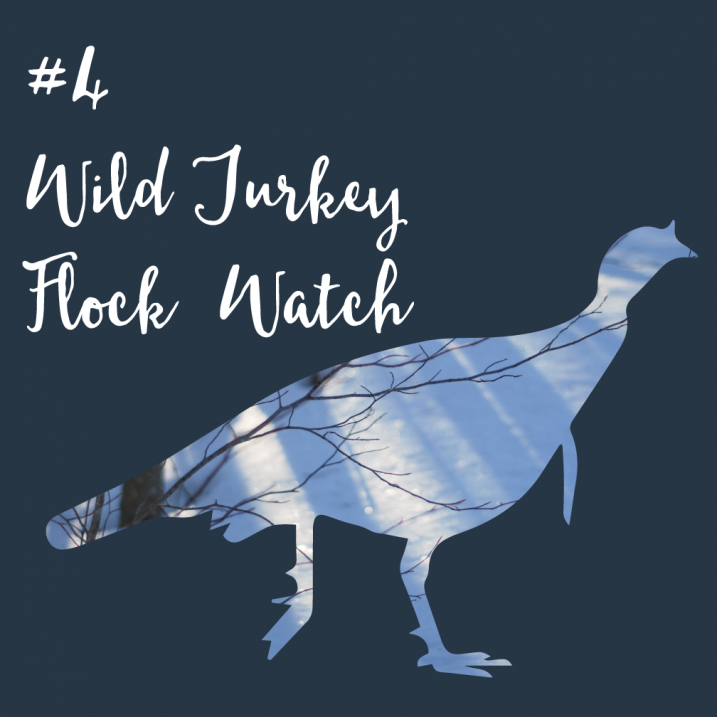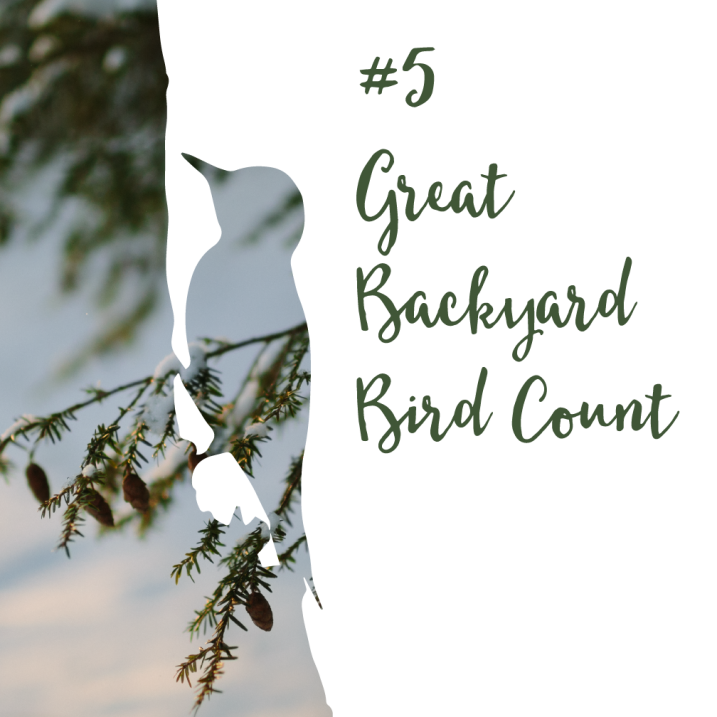5 Ideas for Wild Winter Fun
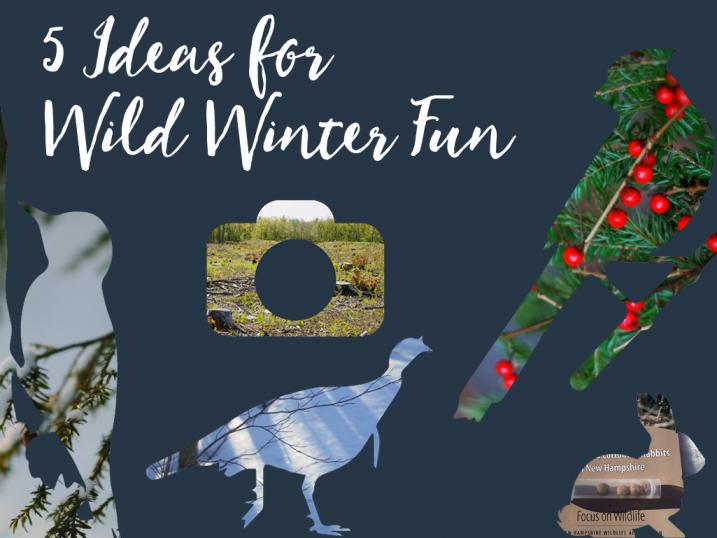
Homes are winterized, chimneys are cleaned, wood is stacked, skis are waxed, and shovels are by the door. All that's left to do is wait for the snow to enjoy some winter fun. From snowmobiling to snowshoeing, sledding to skiing, outdoor enthusiasts in New England know how to make the best of the cold temperatures and harsh weather that our region faces each year. There's no telling what the conditions will be for winter recreation this year, but we have a few all-weather ways to get outside and give back to nature this season.
Stewardship action tends to take a dip during the winter months, but citizen science projects stay active or even ramp up during this season. Through citizen science, volunteers can help contribute to scientific research through data collection on projects in their local communities. Here are 5 ways to get involved with citizen science projects in New Hampshire and beyond this winter.
1. Christmas Bird Count
This citizen science project is a 100-year-old tradition that fuels the National Audubon Society’s science research year-round. Volunteers all over the country sign-up to participate in their local “count circle” on a given day between December 14th and January 5th. Even beginning birders can participate, but your counting group should include at least one experienced birdwatcher. The data that you’ll collect will be combined with a century of observations that are used by Audubon researchers, conservation biologists, wildlife agencies and other interested individuals to study the long-term health and status of bird populations across North America.
To join a New Hampshire count circle, check the NH listing of count circles and contact your local count circle coordinator. To find active circles outside of New Hampshire, check out Audubon’s interactive map.
2. Picture Posts
Picture posts are a community-sourced way to monitor environmental conditions for a wide range of reasons. You could help monitor the effects of hemlock wooly adelgid at the Monson Center in Milford, NH or help document the changes over time in the New England cottontail rabbit habitat (aka "Rabbitat") at the Samuel A. Tamposi Water Supply Reserve (SATWaSR) in Barrington, NH. You can visit a picture post and participate any time of the year. Posts are installed at forests, parks, beaches, and schools – even backyards. Each post guides visitors to photograph a specific location using nine different orientations.
Visit the picture post website to find a post near you, then follow instructions on how to take a picture and upload it to the site.
3. Help the Bunnies!
In late February each year, you’ll find newly-trained citizen science volunteers comparing their findings while sipping hot chocolate outside in the brisk air. These volunteers have been trained to survey areas to help wildlife biologists with UNH Cooperative Extension and NH Fish and Game better understand the distribution of New Hampshire’s rabbit species – specifically, the state-endangered New England cottontail and the more common eastern cottontail rabbit. Though these two species are nearly identical in appearance, Eastern cottontails are not native east of the Hudson River and are known to out-compete the native New England cottontail. Little is known about the distribution of the introduced Eastern cottontail in New Hampshire, and with less than 100 individual New England Cottontail rabbits remaining in the state, understanding the relationship between the distributions of New England cottontail and eastern cottontail is important for making informed decisions about the conservation of our rare, native rabbit species.
And you can help! Winter is the best time to survey for cottontail rabbits. They leave telltale signs (pellets) in the snow, making it possible to locate and collect samples that are sent for DNA analysis to determine the presence of different species. This winter, wildlife biologists will need help from citizen science volunteers to conduct surveys for Eastern cottontail rabbits on conservation land in southern New Hampshire. Join Nature Groupie to stay updated with our weekly e-bulletin so you won't miss our announcement of how you can help. For more information, visit NH Rabbit Reports.org.
4. Wild Turkey Flock Watch
Snow-covered ground is not only ideal for studying rabbits, but turkeys, too! During the winter, wild turkeys gather at backyard bird feeders and typically travel across the landscape in flocks. Volunteers are needed to keep their eyes out for turkeys and report their flock sightings online with the New Hampshire Fish and Game Department. The public-generated data fill gaps in Fish and Game’s existing flock data, adding to the Department’s understanding of the abundance and distribution of turkeys during New Hampshire’s challenging winter months. In previous winters, volunteer turkey watchers submitted over 2,000 flock reports, totaling more than 38,000 turkeys!
Between January 1 and March 31, visitors and residents in New Hampshire can submit flock sightings online at www.wildlife.state.nh.us/surveys/turkey.
5. Great Backyard Bird Count
Both Cornell Lab’s Great Backyard Bird Count and New Hampshire Audubon’s Backyard Winter Bird Survey call on volunteers to report any bird species visiting their yard and/or feeders on a weekend in February. Unlike the Christmas Bird Count, which combines volunteer efforts into a geographic "count circle," anyone can participate in the backyard bird counts from the comfort of their home! Feeder watchers are encouraged to participate in both events. Data will contribute to an international effort with the Great Backyard Bird Count and local efforts with the NH Audubon's backyard winter bird survey.
The date for the NH Audubon backyard winter bird survey will be Feb. 9-10, 2019 - visit nhbirdrecords.org to learn more. The Great Backyard Bird Count is scheduled for February 15-18th, 2019. To get started, register online for the count and observe birds in your own backyard!
